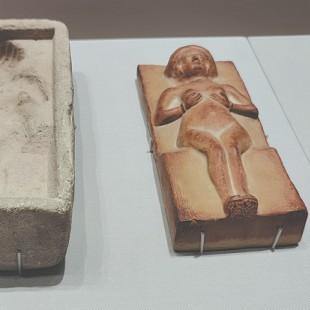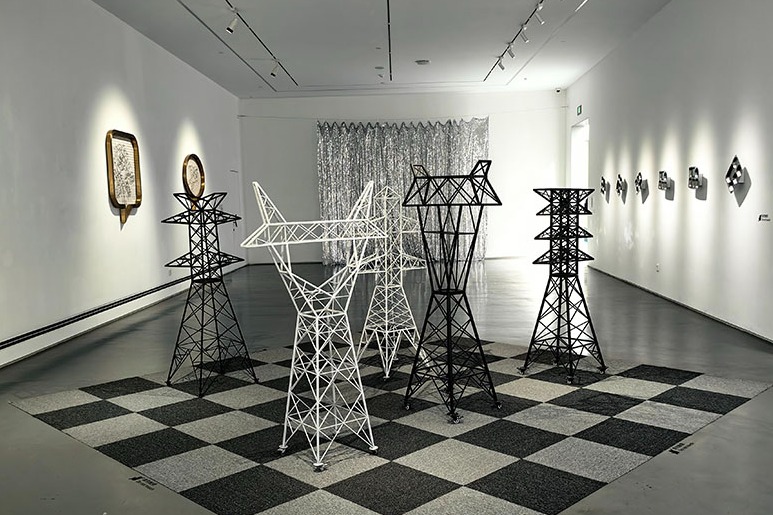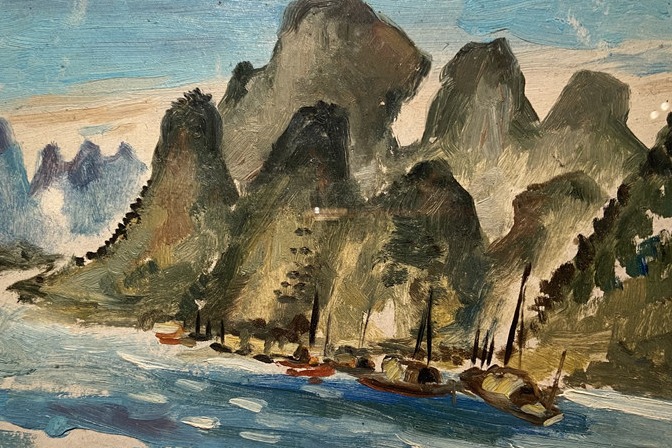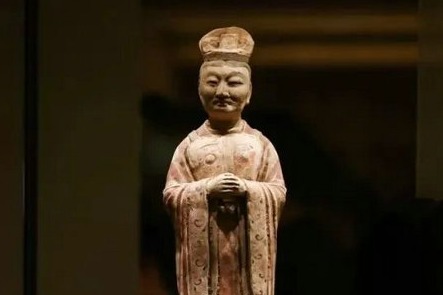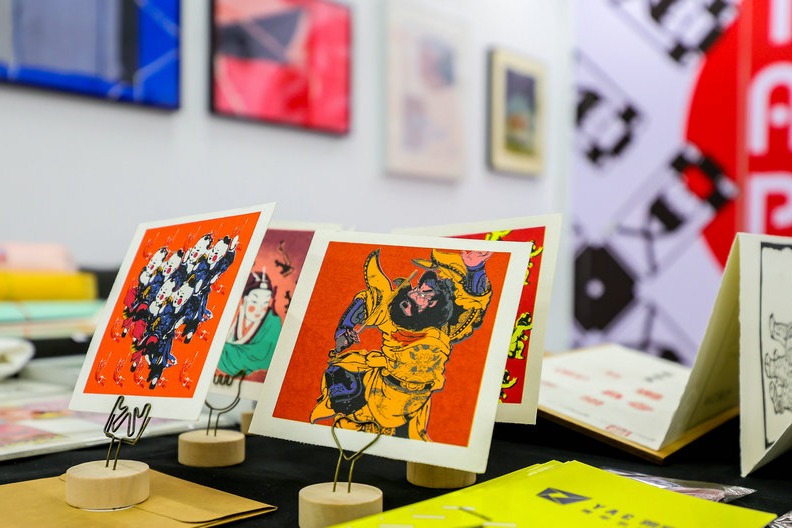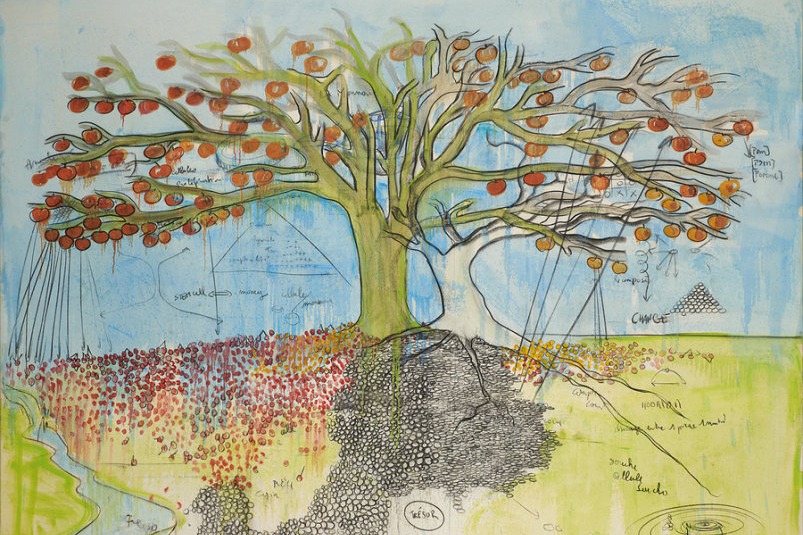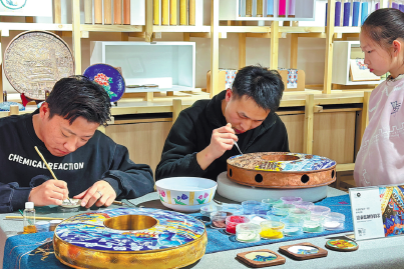Key to mesopotamia

 About 200 cultural relics on loan from museums across Syria present the ancient civilization of that country for visitors to the National Library of China. WANG KAIHAO/CHINA DAILY
About 200 cultural relics on loan from museums across Syria present the ancient civilization of that country for visitors to the National Library of China. WANG KAIHAO/CHINA DAILY
The exhibition is particularly riveting because of the wide spectrum of history it covers. Stone tools from half a million years ago, dating back to the Paleolithic period, are on display along with artifacts from the Bronze and Iron ages. And then, there are relics from the time the region was influenced by Greco-Roman and Islamic cultures.
"Ancient Syria was not just a land of cuneiform clay tablets; it was a melting pot of various customs and traditions," says Tan Ping, director of Art Exhibitions China. "As a result, a brilliant civilization was born, with remarkable achievements in the fields of astronomy, mathematics, literature and fine arts, among others."
While magnificent murals and stone reliefs reveal how deities, kings and heroes were revered by an ancient civilization, several relics are historical documentation of mundane, everyday life in Mesopotamia. For example, a 4,000-yearold tablet simply records how a farm owner distributed his livestock.
Statues and figurines indicate a great degree of sartorial elegance, and an urban style that may not completely be outdated. Necklaces with lapis lazuli (a beautiful blue metamorphic rock used as a semiprecious stone in jewelry) demonstrate both opulence and outstanding craftsmanship.
Pottery items-such as the fancy hedgehog wine container-not only shed light on the aesthetic inclination of Mesopotamian people, but also on the happening social life during the Uruk period, more than 5,000 years ago, seen as the beginning of civilization in the region.
While a bakery mold from 4,000 years ago can inspire any present-day pastry chef, a letter on a tablet, in which a servant discusses how to make a cast for bread with his master, is a remarkable testimony to the delicate taste the ancestors had.
In addition to the exhibits from Syria, artifacts from a couple of Chinese museums are also on display in a poignant reminder to the close connection between the two ancient civilizations.


